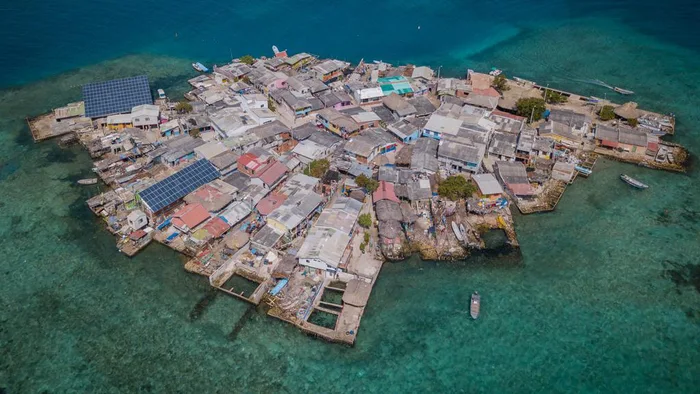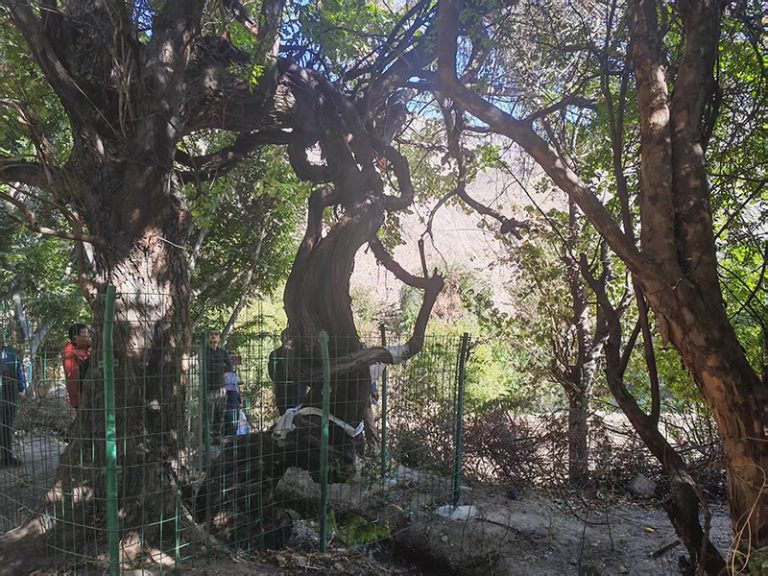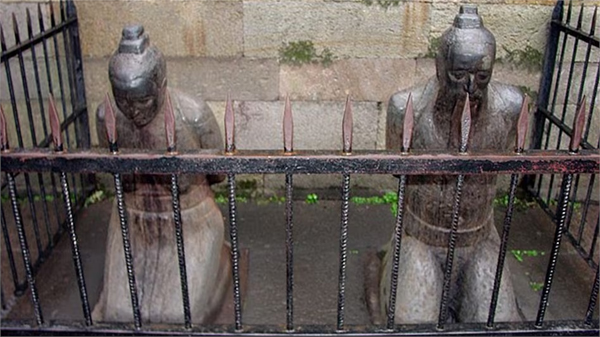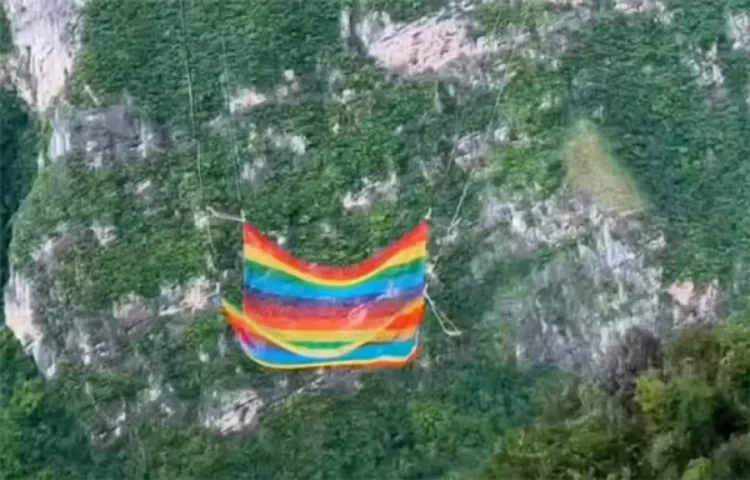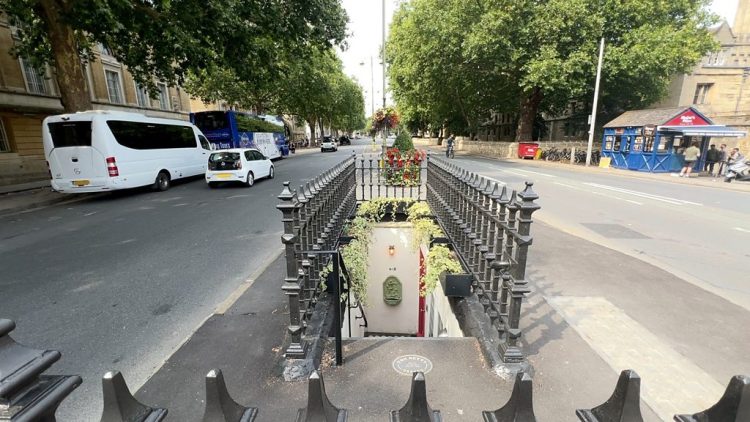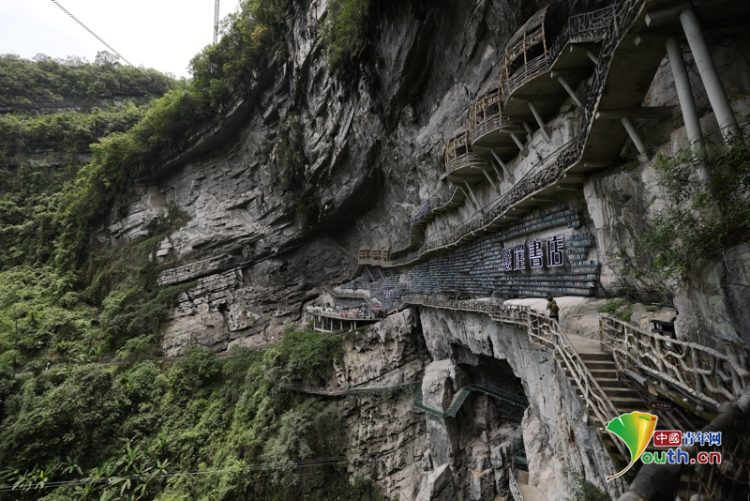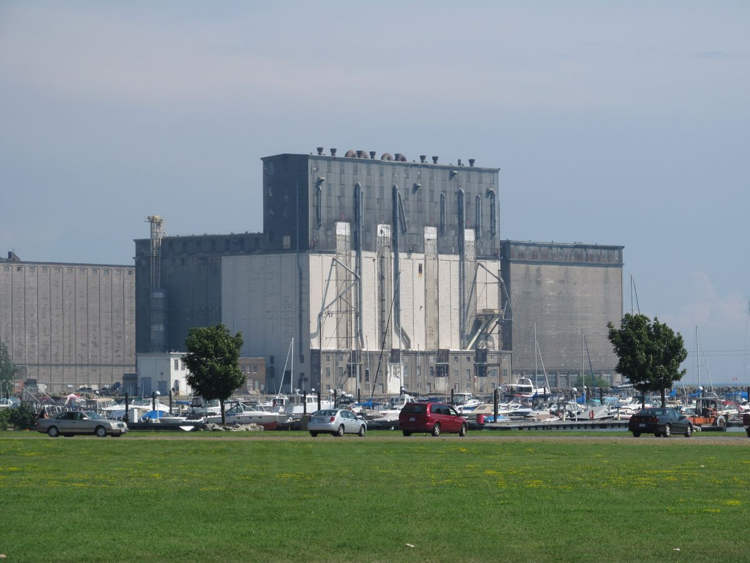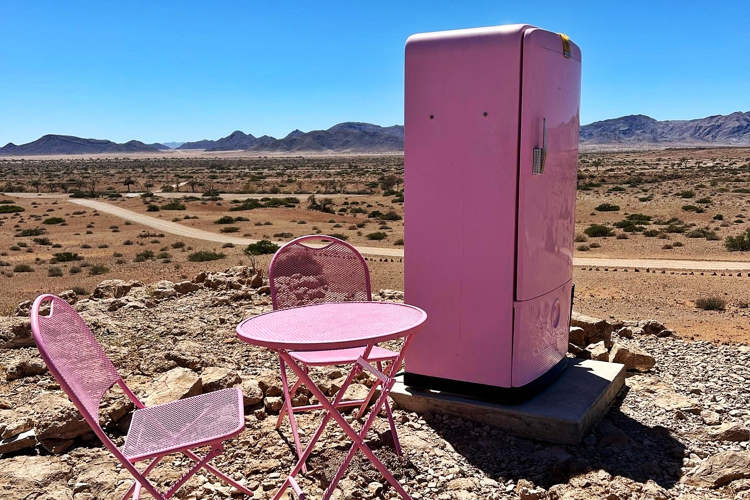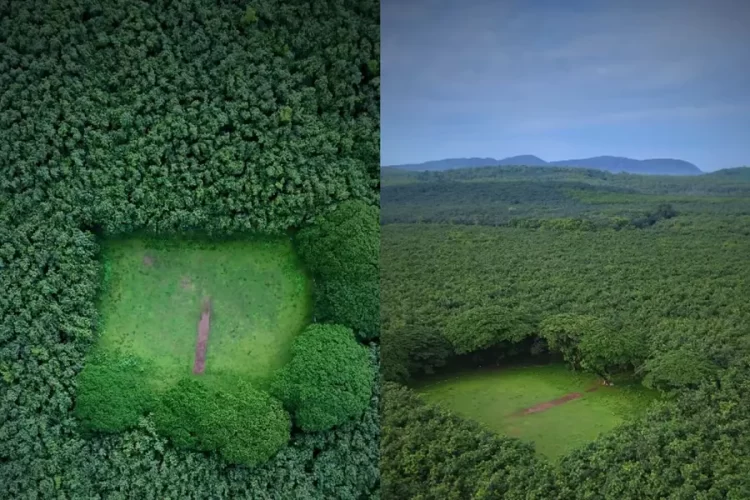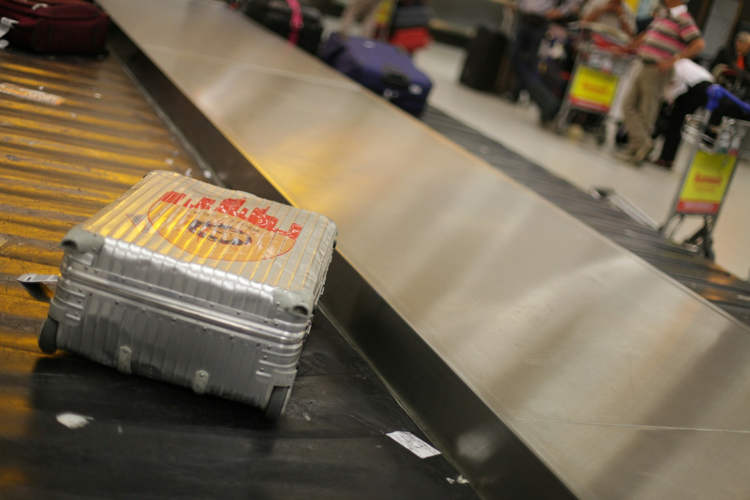Located off the coast of Croatia, in the Adriatic Sea, Baljenac is a tiny island covered by a series of dry-stone walls that make it look like a giant fingerprint when seen from above.
The oval-shaped island of Baljenac is covered by a 23-kilometer-long network of dry-stone walls. you’d think it was an ancient labyrinth, if not for the fact that the walls are only about waist high and designed solely to make agriculture easier in an inhospitable place. The rocky terrain and strong winds aren’t exactly ideal for plant cultivation, so the inhabitants of the nearby island of Kaprije built these stone walls to separate their crops and offer them some protection. It’s a technique used in other parts of Europe, like England or Ireland, but nowhere else do these walls imitate the pattern of a human fingerprint as they do on Baljenac Island.
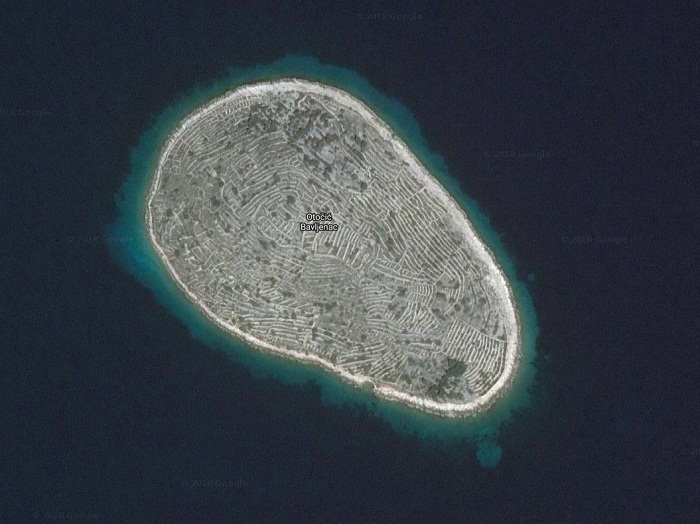
The uninhabited island has a surface of only 0.14 square kilometers but features 23 kilometers of walls created simply by piling rocks on top of each other. The same type of walls are used on Kaprije and Zut, but Baljenac has by far the highest concentration by surface area.
Most of the stone wall network is believed to have been erected during the 19th century, but both Baljenac and Kaprije served as safe havens for Christians during the Ottoman conquests of the 16th and 17th centuries, so some parts of the wall could be even older.
Ever since aerial photos of Baljenac started spreading on the internet, the popularity of the fingerprint island has grown considerably as has tourist presence in the area. Although locals welcome visitors, some worry about the damage sustained by the walls at the hands of unruly tourists.
The Croatian government has requested that UNESCO include this island in its list of world heritage sites, which will not only boost its popularity even more but also guarantee Baljenac higher protection from the local authorities.
For more unusual-looking islands, check out the man-made island that is Conch Island, an island made exclusively out of conch shells.

